تورکُواری ( به انگلیسی: Turquerie ) مُد و اسلوبی شرقی است که بر پایه تقلید از مظاهر هنر و فرهنگ تُرکی در اروپای غربی و در قرون ۱۶ تا ۱۸ رواج داشت.
این اسلوب تأثیر عمیقی[ ۲] [ ۳] [ ۴] [ ۵] [ ۶] بر دکوراسیون، نقاشی و موسیقی اپرای اروپا و آمریکا داشته به طوری که در اروپای قرن هجدهم پوشیدن لباس زنانه تُرکی، کشیدن تنباکوی تُرکی با پیپ تُرکی و البسه تُرکی رواج داشت و همراه داشتن ساعت تزئین شده به سبک تُرکی نشانه تعلق به طبقه اجتماعی بالا بود. [ ۲]
این اسلوب در اروپای غربی از قرن شانزدهم تا هجدهم بیانگر تقلید از جنبه های فرهنگ و هنر تُرکی بود. بسیاری از کشورهای مختلف اروپای غربی مجذوب فرهنگ نسبتاً ناشناخته تُرکی به مرکزیت امپراتوری عثمانی بودند که در آن دوره تنها قدرت برای ایجاد یک تهدید نظامی جدی برای اروپا بود. غرب علاقه زیادی به محصولات و هنرهای تُرکی از جمله موسیقی، هنرهای تجسمی، معماری و مجسمه سازی داشت. این پدیده شیک از طریق مسیرهای معاملاتی و افزایش روابط دیپلماتیک بین امپراتوری عثمانی و ملل اروپایی رواج پیدا کرد که برای نمونه می توان به اتحاد فرانسه و عثمانی در سال ۱۷۱۵ اشاره کرد. سفیران و بازرگانان اروپایی غالباً با حکایت مکانهای عجیب و غریب و سوغات روایت ماجراهای خود به خانه بازمی گشتند. [ ۷]
این جنبش اغلب در هنر اروپای غربی رواج یافت. موسیقی، نقاشی، معماری و مصنوعات اغلب از سبک ها و روش های تُرکی الهام گرفته می شدند. نقاشی ها به طور خاص عثمانی ها را با رنگ های روشن و تضادهای تیز به تصویر کشیدند و نشان از ویژگی جالب و ماهیت عجیب آنها داشت. [ ۸] [ ۹] [ ۱۰]
تُرکواری یا «تُرک شیفتگی» روندی برای مُد است که در آن، هنر و فرهنگ توسط اروپاییان غربی ( خصوصاً فرانسوی ها ) از تُرکان عثمانی تقلید می شود، که از قرن شانزدهم تا هجدهم تحت تأثیر هنر و فرهنگ تُرکی قرار گرفتند. بسیاری از کشورهای اروپای غربی از امپراتوری عثمانی شگفت زده شدند و تُرکیه مرکز این فرهنگ نسبتاً ناشناخته بود. غرب شروع به نشان دادن علاقه روزافزون به محصولات، هنر، موسیقی و هنرهای تجسمی و معماری تُرکی کرد. با افزایش روابط تجاری و دیپلماتیک بین ملل امپراتوری عثمانی و اروپا ( به ویژه اتحاد عثمانی فرانسه ) این پدیده شیک محبوب تر شد. سفیران و بازرگانان اغلب با داستانهایی از مکانهای عجیب و غریب و ماجراهای آنها به خانه می آمدند. [ ۶]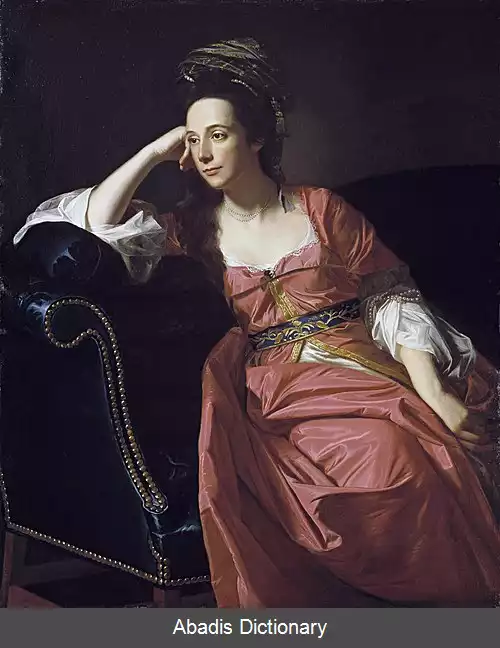
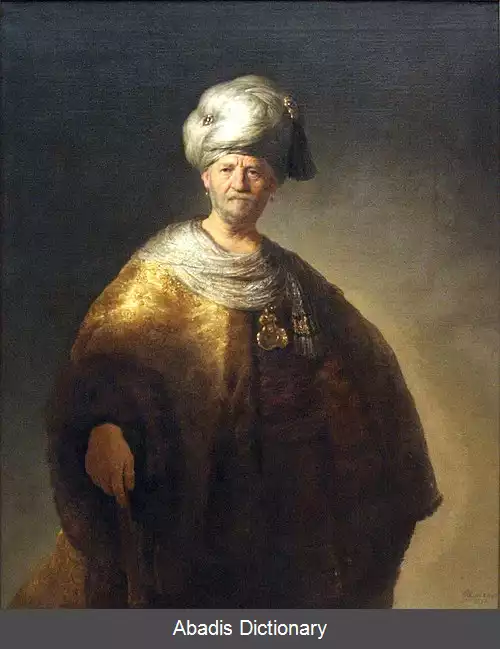
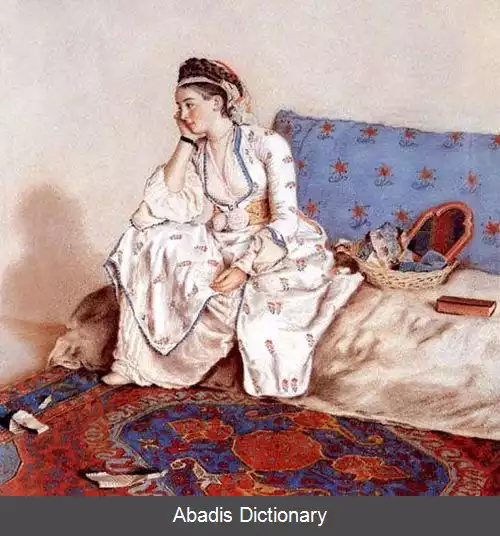
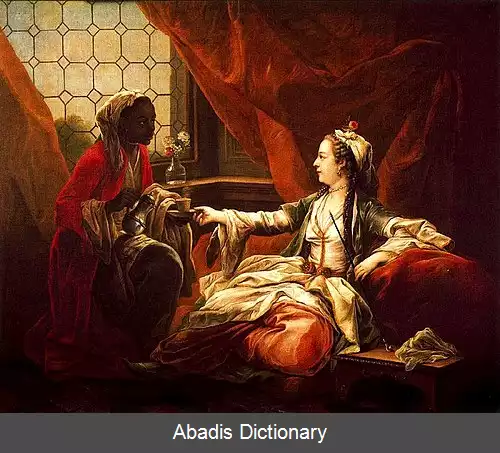
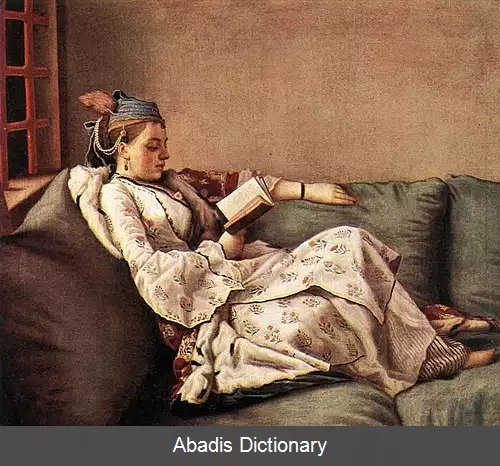

این نوشته برگرفته از سایت ویکی پدیا می باشد، اگر نادرست یا توهین آمیز است، لطفا گزارش دهید: گزارش تخلفاین اسلوب تأثیر عمیقی[ ۲] [ ۳] [ ۴] [ ۵] [ ۶] بر دکوراسیون، نقاشی و موسیقی اپرای اروپا و آمریکا داشته به طوری که در اروپای قرن هجدهم پوشیدن لباس زنانه تُرکی، کشیدن تنباکوی تُرکی با پیپ تُرکی و البسه تُرکی رواج داشت و همراه داشتن ساعت تزئین شده به سبک تُرکی نشانه تعلق به طبقه اجتماعی بالا بود. [ ۲]
این اسلوب در اروپای غربی از قرن شانزدهم تا هجدهم بیانگر تقلید از جنبه های فرهنگ و هنر تُرکی بود. بسیاری از کشورهای مختلف اروپای غربی مجذوب فرهنگ نسبتاً ناشناخته تُرکی به مرکزیت امپراتوری عثمانی بودند که در آن دوره تنها قدرت برای ایجاد یک تهدید نظامی جدی برای اروپا بود. غرب علاقه زیادی به محصولات و هنرهای تُرکی از جمله موسیقی، هنرهای تجسمی، معماری و مجسمه سازی داشت. این پدیده شیک از طریق مسیرهای معاملاتی و افزایش روابط دیپلماتیک بین امپراتوری عثمانی و ملل اروپایی رواج پیدا کرد که برای نمونه می توان به اتحاد فرانسه و عثمانی در سال ۱۷۱۵ اشاره کرد. سفیران و بازرگانان اروپایی غالباً با حکایت مکانهای عجیب و غریب و سوغات روایت ماجراهای خود به خانه بازمی گشتند. [ ۷]
این جنبش اغلب در هنر اروپای غربی رواج یافت. موسیقی، نقاشی، معماری و مصنوعات اغلب از سبک ها و روش های تُرکی الهام گرفته می شدند. نقاشی ها به طور خاص عثمانی ها را با رنگ های روشن و تضادهای تیز به تصویر کشیدند و نشان از ویژگی جالب و ماهیت عجیب آنها داشت. [ ۸] [ ۹] [ ۱۰]
تُرکواری یا «تُرک شیفتگی» روندی برای مُد است که در آن، هنر و فرهنگ توسط اروپاییان غربی ( خصوصاً فرانسوی ها ) از تُرکان عثمانی تقلید می شود، که از قرن شانزدهم تا هجدهم تحت تأثیر هنر و فرهنگ تُرکی قرار گرفتند. بسیاری از کشورهای اروپای غربی از امپراتوری عثمانی شگفت زده شدند و تُرکیه مرکز این فرهنگ نسبتاً ناشناخته بود. غرب شروع به نشان دادن علاقه روزافزون به محصولات، هنر، موسیقی و هنرهای تجسمی و معماری تُرکی کرد. با افزایش روابط تجاری و دیپلماتیک بین ملل امپراتوری عثمانی و اروپا ( به ویژه اتحاد عثمانی فرانسه ) این پدیده شیک محبوب تر شد. سفیران و بازرگانان اغلب با داستانهایی از مکانهای عجیب و غریب و ماجراهای آنها به خانه می آمدند. [ ۶]






wiki: تورکواری
